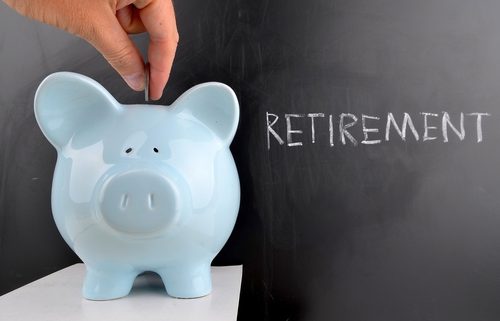4 Ways to Save for Retirement Using a Self-Directed IRA
You’ve heard it time and time again: you need to start saving for retirement. And the earlier you start, the better off you’ll be. But whatever happened to that “401k” your company offered? The truth is, many people are not saving enough in their employer’s retirement plan.
According to The Principal Financial Group’s 2022 Retirement Income Survey, less than half of respondents were confident that their current savings were enough. The good news is that with a Self-Directed IRA, you can contribute more than your employer’s retirement plan allows. This can make an enormous difference in your financial health as you get older.
With a Self-Directed IRA, you can access a wider range of potential retirement assets, which means you can utilize all sorts of strategies that align with your goals. But to better understand those, we’ll dive into four chief ways Self-Directed IRA investors put their retirement money aside. Here are four of the most popular asset classes.
#1: Real Estate
Real estate investing is a popular investment strategy, with many investors making the decision to invest in real estate as part of their retirement plan. A Self-Directed IRA can be used to invest in real estate, which means that you can use the funds from your Self-Directed IRA to purchase an investment property or fund an acquisition.
When it comes time to buy within a Self-Directed IRA, you have all sorts of options, including:
1) You can purchase a single-family home or condo as an investment property.
2) You can purchase a multi-family property (such as an apartment building).
3) You can purchase land with the intention of developing it into a residential or commercial property at some point in the future.
#2: Precious Metals
Precious metals are another powerful way to save for retirement, albeit a controversial strategy. Many people believe that precious metals are an effective hedge against inflation. Others like precious metals because they have thousands of years of history. But whatever the reason might be, one thing is clear: precious metals are an entirely different asset class from the stock market, because they are something you can store effectively, and off-site.
Keep in mind that when investing in precious metals with a Self-Directed IRA, you will use an insured approved depository to keep these metals separate from your personal assets.
#3: Private Notes
With interest rates rising, many investors are looking at private notes as a potential avenue for generating retirement income. A private note can be a loan you issue to another party through a Self-Directed IRA. One key to note here, as is present in any Self-Directed IRA, is that you will have to avoid working with disqualified persons when issuing a loan—for example, you won’t be issuing a loan to a brother or a sister from a Self-Directed IRA, as this would create an immediate personal benefit that goes against the principles of using a retirement account.
#4: Private Stock
Owning stock in a private company can create extraordinary results—provided you make the right investment. It also means that you aren’t investing in the public stock market, in which some companies may lose value simply because the entire stock market is moving in one direction or another. Private stock has made many people fortunes over the years—but like any investment, it requires due diligence on your end.
Want to know more about the various ways you can invest your money when you have a Self-Directed IRA? Now’s the time to reach out and find more. Give us a call at 866-7500-IRA today.
Learn about how to save for college expenses at: How to Save for College Expenses with a Self-Directed CESA (americanira.com)






